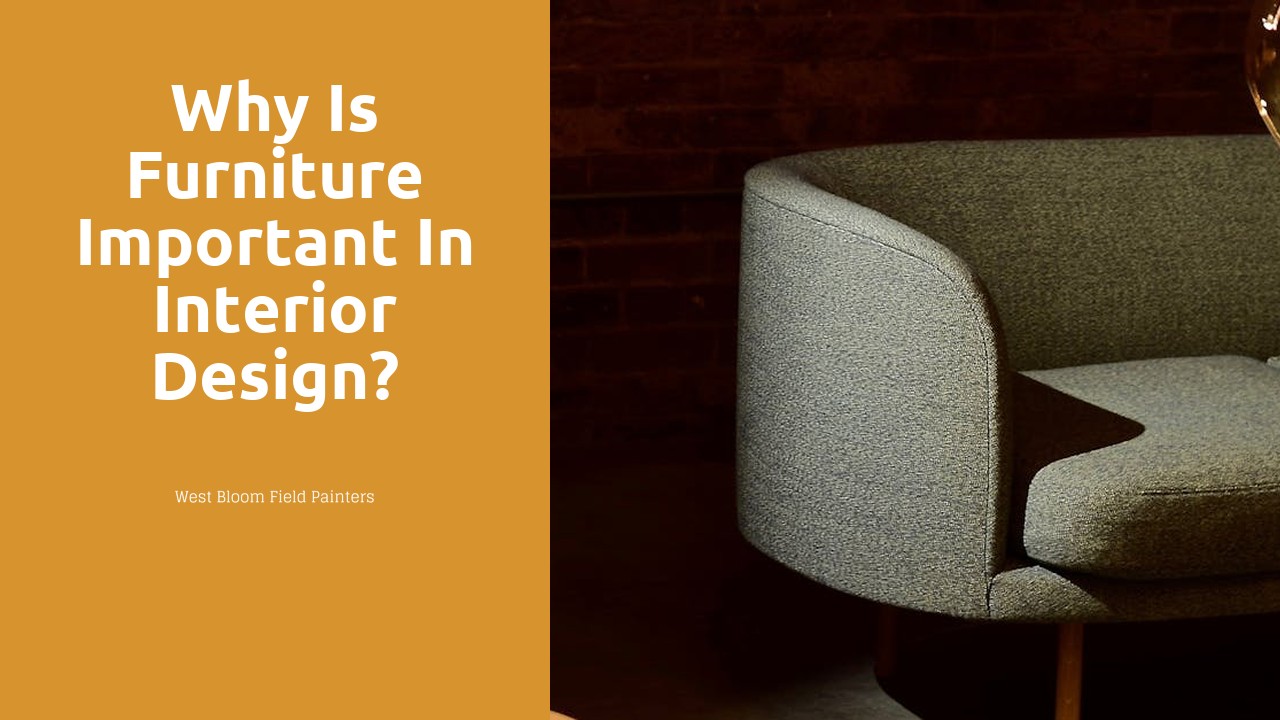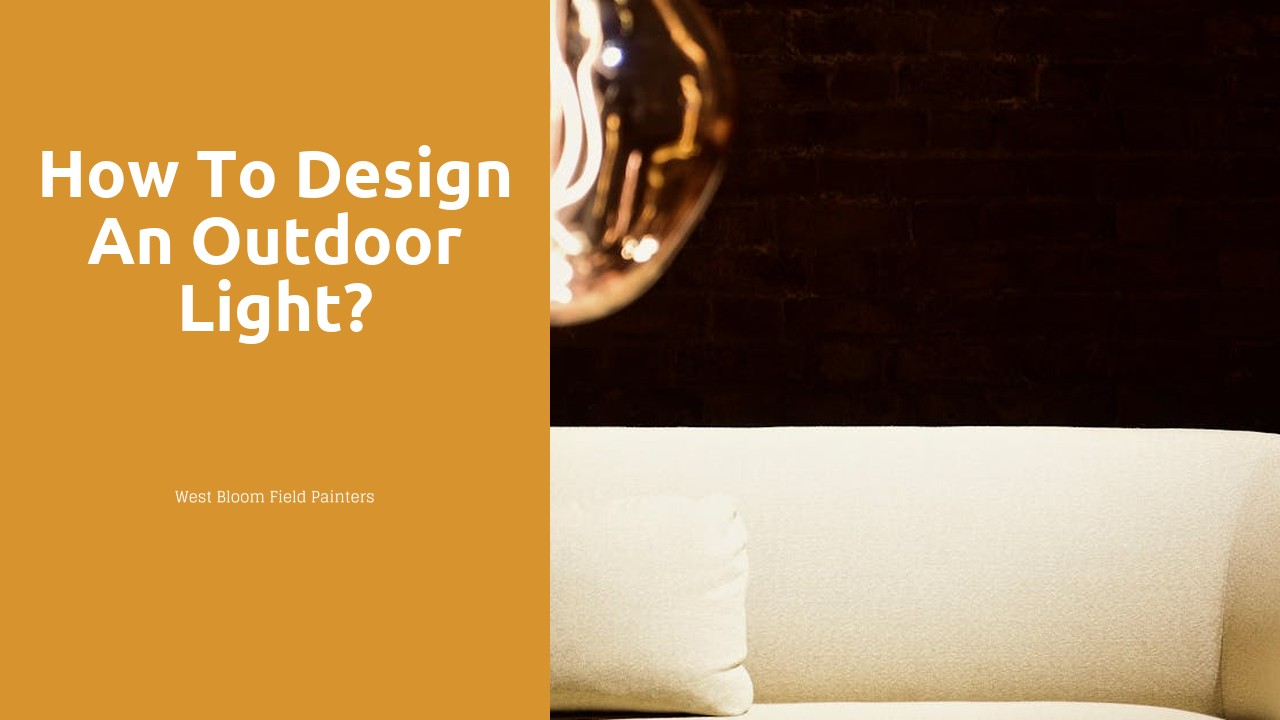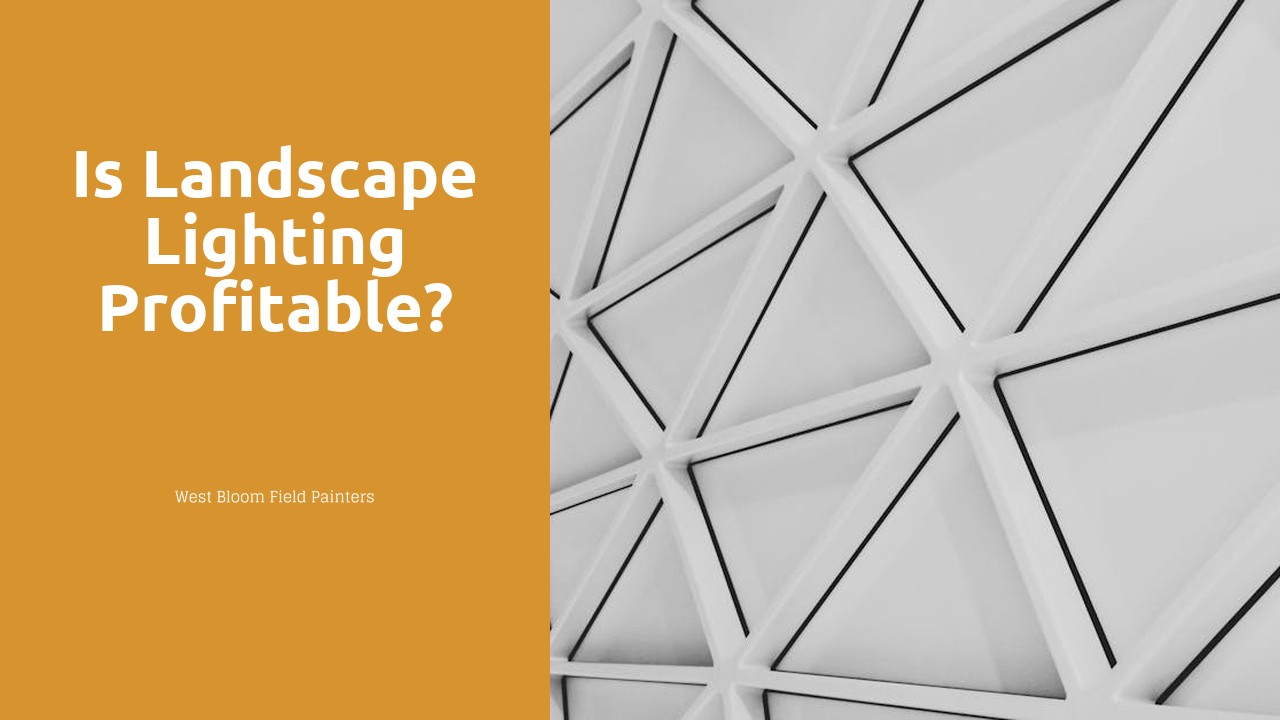
Table Of Contents
DIY Texture Projects for Home Décor
Adding texture to your home décor can be a simple and budget-friendly way to elevate the overall look and feel of a room. One DIY project idea is to create a textured accent wall using materials like wood planks, faux bricks, or even stencils. This can add depth and visual interest to your space, making it more inviting and dynamic. Another easy way to incorporate texture is by adding throw pillows or blankets with different textures such as fur, knit, or velvet, which can instantly cozy up a room.
Incorporating lighting design in St. Thomas into your DIY texture projects can further enhance the ambiance of your space. Consider using different light fixtures to highlight the textures in the room. For instance, a pendant light can cast intriguing shadows on a textured wall, creating a captivating visual effect. By experimenting with lighting and textures, you can transform your home into a stylish and welcoming retreat.
Adding Textural Touches Yourself
Incorporating various textures into your home's interior design can greatly enhance its visual appeal and overall atmosphere. By adding textural touches yourself, you have the opportunity to infuse your personal style and creativity into each space. Whether it's through soft and cozy materials like plush rugs and velvet cushions or more rugged elements such as raw wood accents or metal finishes, texture plays a critical role in elevating the look and feel of a room. When integrating these elements, consider the existing colour scheme, furniture pieces, and Lighting Design in Maple for a cohesive and harmonious ambiance that reflects your unique aesthetic sensibilities.
Texture's Impact on Room Perception
Texture plays a pivotal role in shaping the perception of a room and its overall ambiance. When considering interior design, the textural elements of a space can significantly impact how individuals feel and interact within it. In North York, a city known for its innovation in design and architecture, the incorporation of various textures can be seen as a key element in creating a cohesive and inviting space. Lighting design in North York is also crucial in highlighting different textures and adding depth to a room.
By strategically combining different textures such as smooth fabrics, rough wood, or shiny metals, designers can evoke different emotions and moods within a room. In the context of interior design, textures are not only seen but also felt, adding a tactile dimension to the overall sensory experience. Lighting design in North York is especially important in showcasing these textures, as different lighting setups can emphasize or soften the textural elements present in a room, ultimately influencing how individuals perceive and interact with the space.
How Texture Affects Space
Texture plays a vital role in altering the perception of space within a room. By strategically incorporating different textures, designers can manipulate how light interacts with surfaces, ultimately influencing the way a room feels and looks. In the realm of interior design, textures can either absorb or reflect light, creating unique atmospheres that can enhance the overall aesthetic appeal of a space. For instance, rough textures tend to absorb more light, creating a sense of coziness and intimacy, while smooth textures reflect light, making a room feel more open and bright. Utilizing a combination of textures can help achieve a balanced and visually dynamic space that complements the lighting design in St. Thomas.
When considering how texture affects space, it's essential to acknowledge the relationship between texture and perceived temperature within a room. Soft, plush textures can evoke a sense of warmth and comfort, making a space feel inviting and cozy. In contrast, incorporating sleek, shiny textures can introduce a touch of coolness and modernity to a room. By carefully selecting textures that align with the desired ambience of a space, designers can create environments that not only look visually captivating but also feel harmonious and inviting. This careful consideration of texture extends the overall design scheme, harmonizing with the specific nuances of Lighting Design in St. Thomas.
Layering Textures for Depth and Interest
Layering textures in interior design is a simple yet effective way to add depth and interest to a space. By combining different textures such as velvet, wood, metal, and glass, you can create a visually dynamic environment that engages the senses. When layering textures, consider the tactile quality of each material and how they interact with one another. For example, pairing a smooth leather sofa with a chunky knit throw can create a cozy and inviting atmosphere in your living room.
To enhance the impact of layered textures, consider the role of lighting design in Sarnia. Proper lighting can highlight the different textures in a room, casting shadows and creating dimension. Soft and warm lighting can make plush fabrics appear even more luxurious, while cool lighting can accentuate the sleekness of metals and glass. By strategically placing light sources throughout a space, you can emphasize the textures you've chosen to layer, adding depth and interest to your home décor.
Building a Multidimensional Look
To create a multidimensional look in interior design, layering textures is a key strategy. By combining different materials such as wood, metal, fabric, and glass, you can add depth and visual interest to a room. For example, pairing a plush velvet sofa with a sleek marble coffee table creates a dynamic contrast that elevates the overall aesthetic of the space. Additionally, incorporating elements like a shaggy area rug, textured throw pillows, and a woven basket can further enhance the tactile experience of the room.
Moreover, considering the role of lighting design in Norfolk is essential when building a multidimensional look. Strategic placement of lighting fixtures can highlight the various textures in a room, casting shadows and creating a play of light that accentuates the different surfaces. Whether it's natural light streaming in through a large window or artfully positioned lamps and overhead lights, the interplay of light and texture can amplify the richness and complexity of the design scheme. By thoughtfully incorporating lighting design into the mix, you can truly bring out the depth and dimensionality of the space.
FAQS
What is texture in interior design?
Texture in interior design refers to the surface quality of materials used in a space, which can be visual or tactile. It adds depth, dimension, and visual interest to a room.
How does texture impact room perception?
Texture can affect how a room feels and looks. Rough textures can make a space feel cozy and intimate, while smooth textures can create a more sleek and modern atmosphere.
How can I add textural touches myself in DIY projects?
You can add textural touches to your home décor through DIY projects like creating a textured accent wall using paint techniques, adding textured throws and pillows, or incorporating natural materials like wood and stone.
Why is layering textures important for depth and interest in interior design?
Layering textures in interior design adds depth and visual interest to a space by combining different materials, patterns, and finishes. It creates a multidimensional look that is visually appealing and inviting.
How can I build a multidimensional look by combining textures?
To build a multidimensional look in interior design, mix textures such as rough and smooth surfaces, soft and hard materials, and shiny and matte finishes. This will create a dynamic and visually engaging space.





